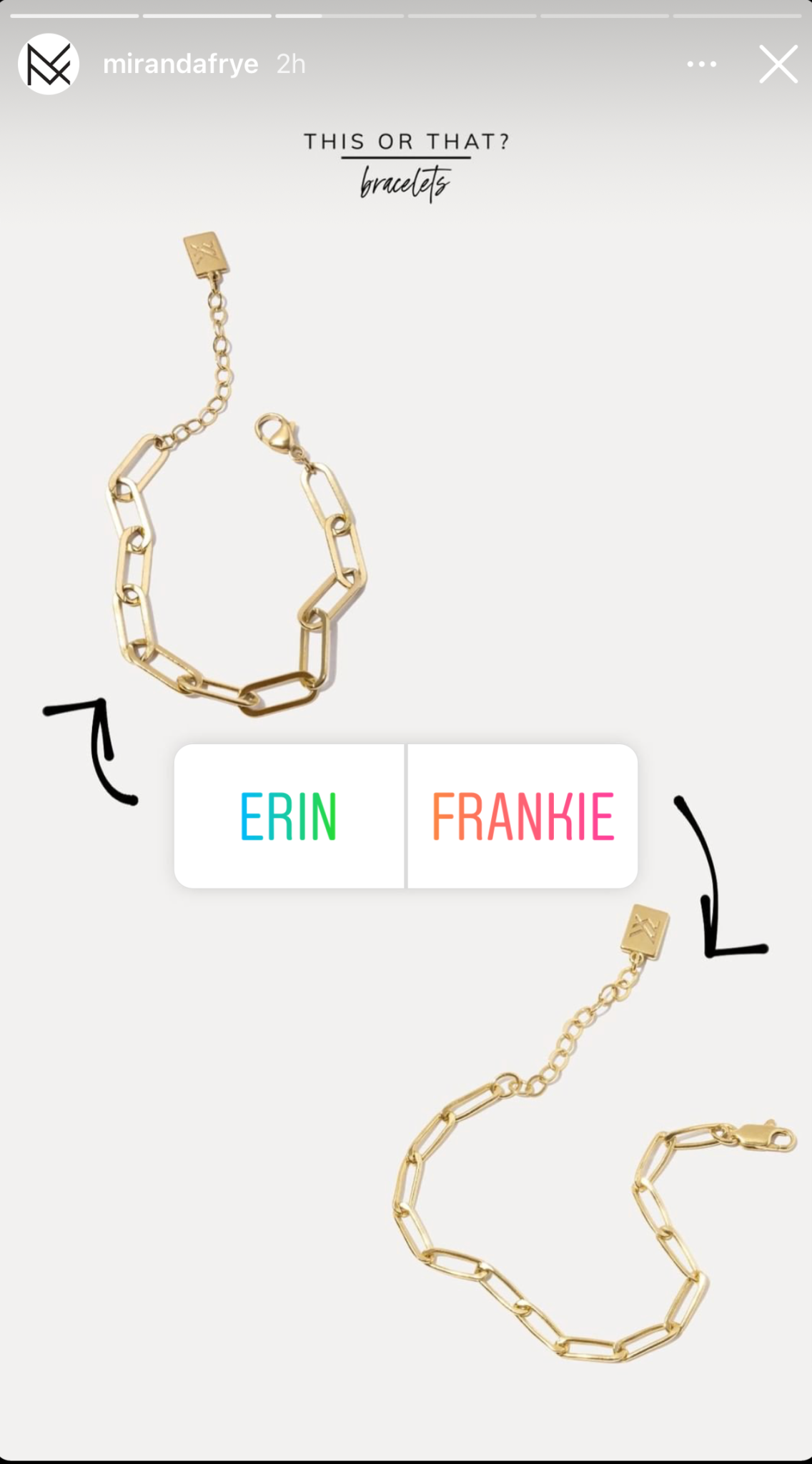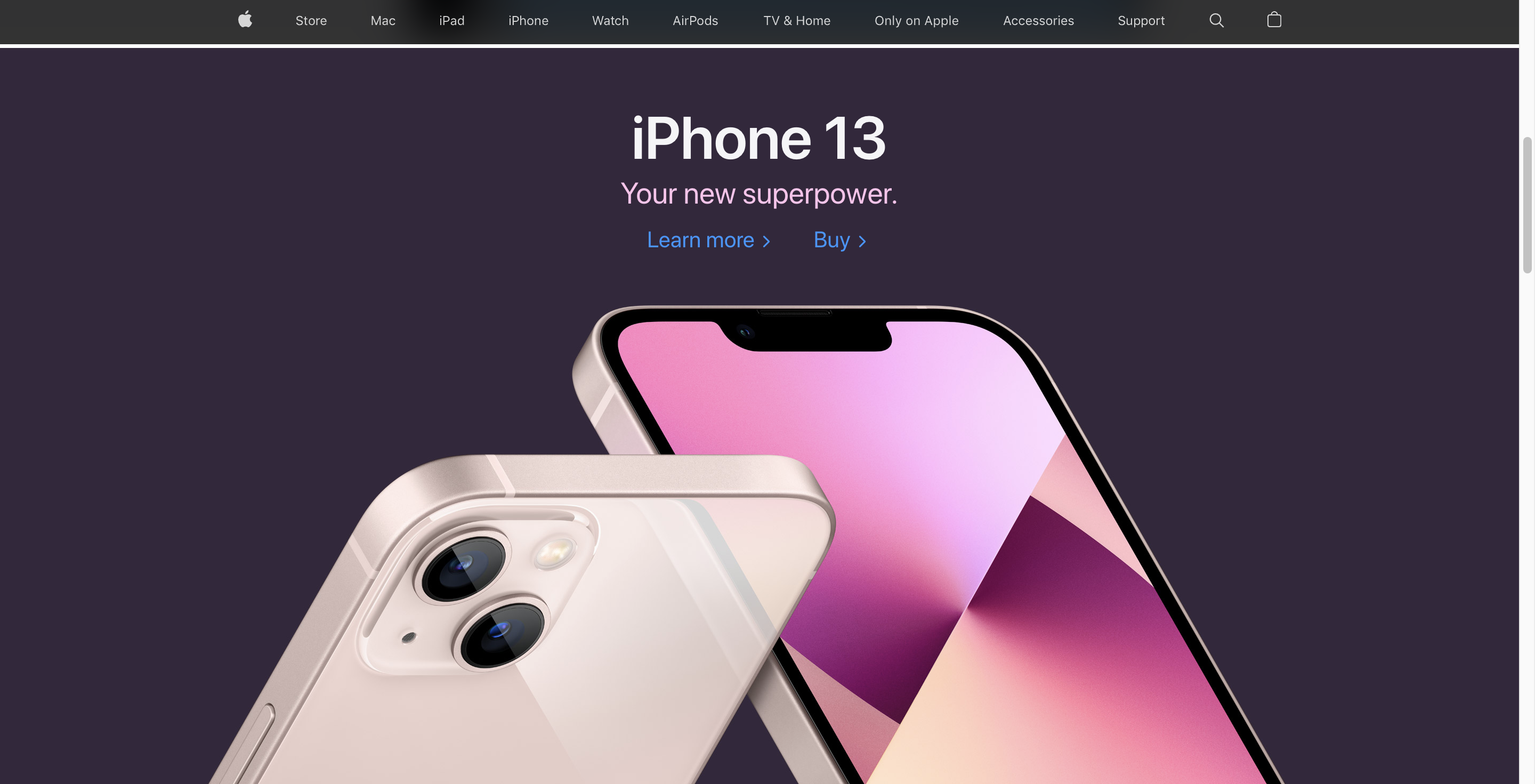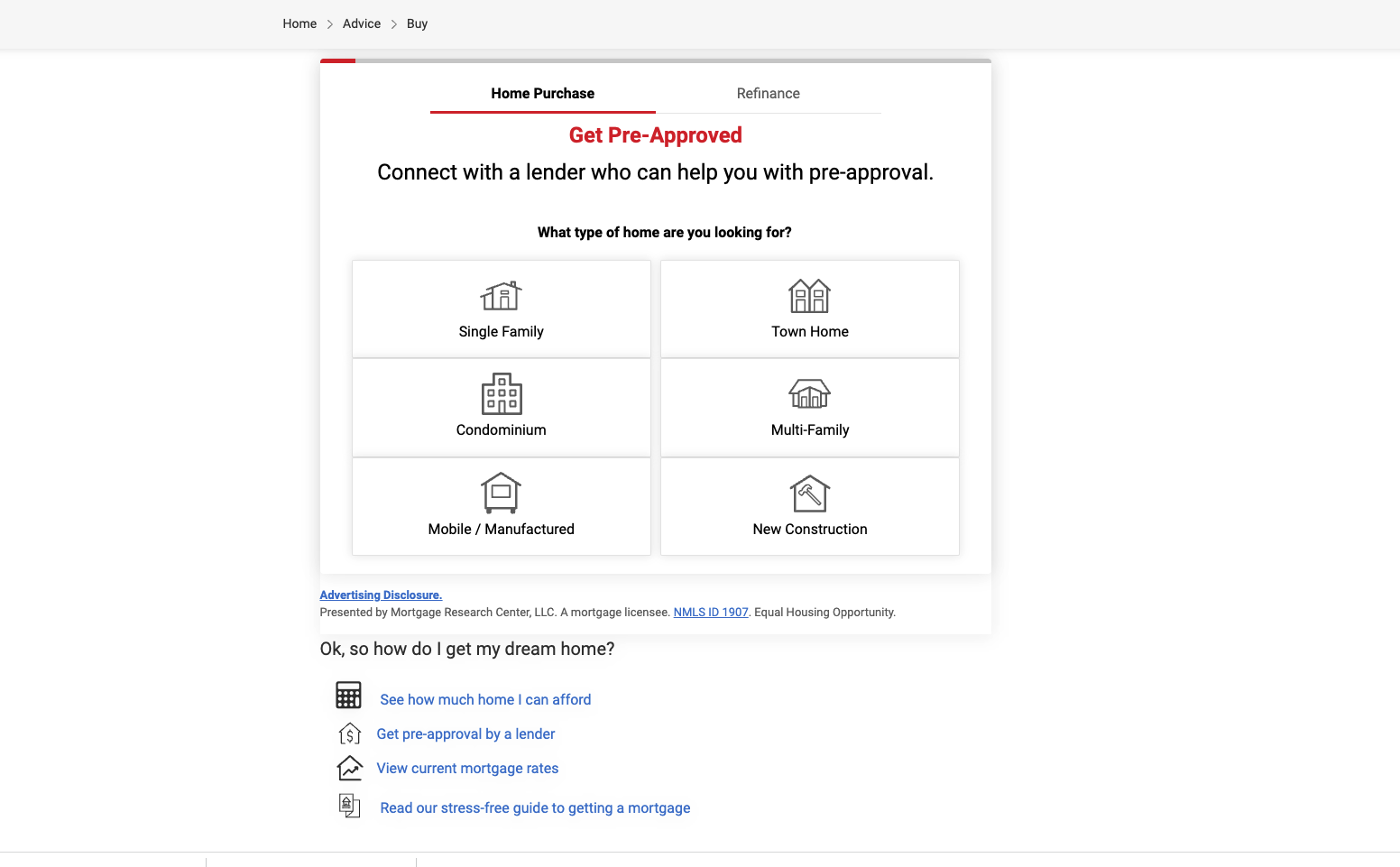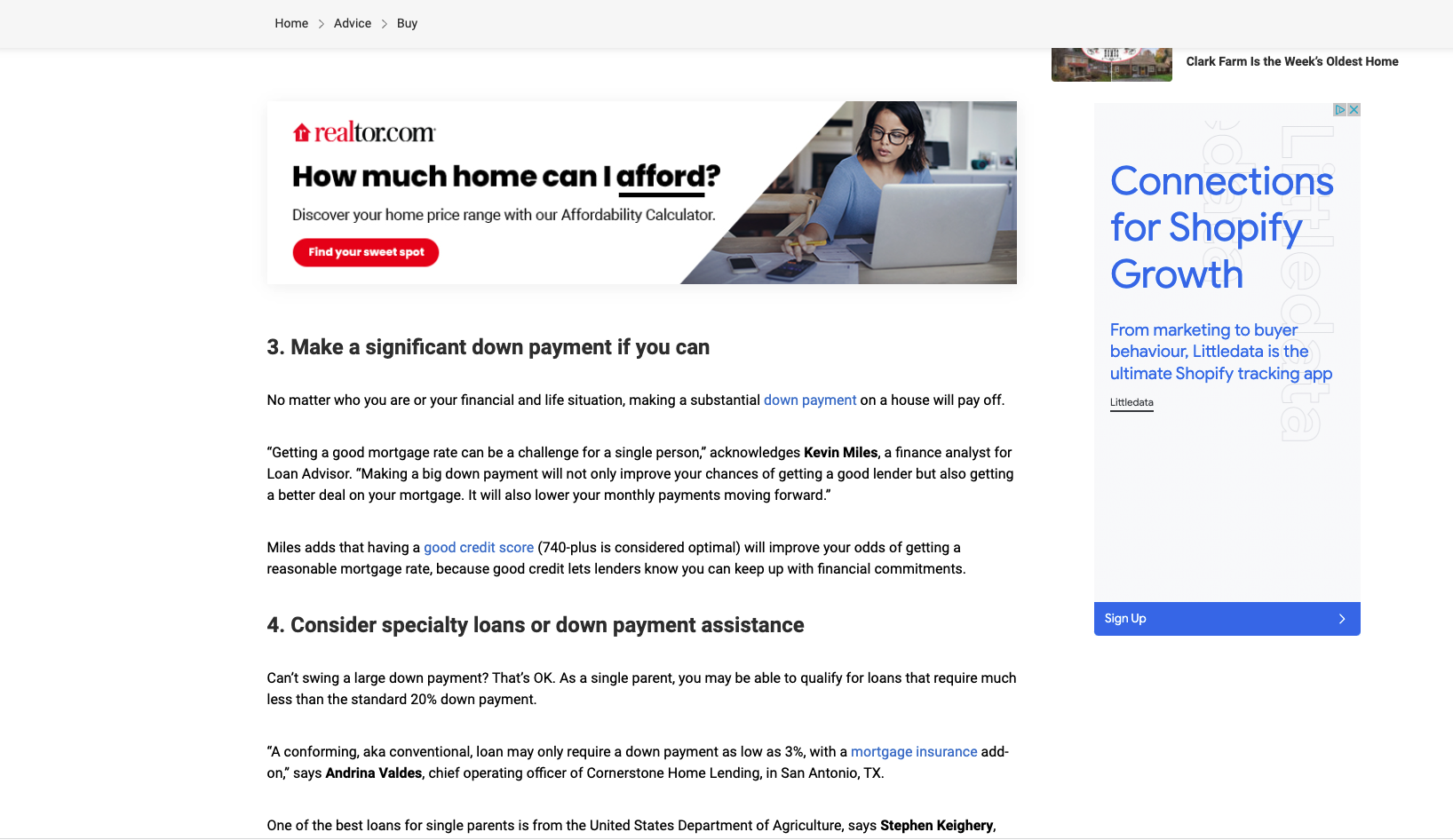What’s Wrong with Your Content Engagement & How to Fix It

According to HubSpot, 47% of buyers view three to five pieces of content before making an inquiry with a sales rep. At the top of your funnel, content engagement is critical to lead generation and can make or break your conversions.
You could be missing out on a wealth of leads because your content engagement is failing you. After all, you can’t close a lead if you can’t acquire it in the first place.
Yes, search algorithms are continuously evolving, and content itself is wholly subjective. However, a strong content strategy can be boiled down to certain elements that help ensure your content is not only high quality but will also best serve you and your audience.
What is content engagement?
Content engagement is a measure of how your audience interacts with your content and the types of actions they take. Your content engagement is crucial to building trust and strong connections with your audience, as well as identifying how effective your customers’ user journey is.
Here are key reasons why your content engagement might be lacking, and tips on how to improve it.
- Your content is not targeted correctly to reach your audience
- Your content lacks a distinctive brand voice
- Your content lacks strong CTAs and internal links
- Your content is not optimized for search
Your content is not targeted correctly to reach your audience
Cultivating strong content engagement begins with a deep understanding of who your audience is, so you can tailor your content to resonate with their specific needs, pain points, and interests. If you don’t correctly target your content, your audience won’t find your content relevant and will be less likely to engage with it.
According to HubSpot, knowing your audience’s needs and preferences is vital to creating content they will connect with, as is choosing the right kind of medium to create it in. For example, 57% of consumers between the ages of 45 to 54 would appreciate reading an email from their favorite brands, while only 22% of millennials want to read emails.
How to create content to connect with your target audience
The first step in producing content that effectively resonates with your target audience is to clearly define who it is.
To home in on who your target audience is, ask yourself questions like:
- What problems do my products or offerings solve?
- Who are my current customers?
- Who are my competitors’ customers?
Segment your audience into distinct personas and write specifically to each.
Engage with your community on your various networks (blog, social channels, etc.) to gain insight into who your audience is and what they want from your content.
Ask for feedback directly to gain a deeper understanding of your audience and what their needs are. For example, you can send out a survey, post a poll on your socials, or set up feedback forms on your site for users to fill out.
Check out this example from Miranda Frye, a consumer jewelry brand. They posted this poll on their Instagram Story, asking their audience the jewelry they preferred. Asking for feedback helps the brand gain valuable insight into its customers’ interests and preferences.

How to measure audience reach
Gauge the impact of your audience targeting using Brand Lift surveys. These surveys offer insight into how well your current audience knows your brand, through metrics like ad recall, brand awareness, and brand consideration.
By comparing the brand awareness of your current audience(s) with the brand awareness among your target audience(s), you get a better understanding of whether you’re writing content for the right people.
Your content lacks a distinctive brand voice
According to Sprout Social, brand voice plays a key role in creating memorable experiences for your customers, as well as helping to differentiate your brand from competitors. When you lack a distinctive brand voice, it’s harder to stand out from the noise, gain trust with your audience, and build strong brand recognition.
Sprout Social revealed that 33% of consumers said a distinct personality was critical to a brand standing out to them. A unique personality is a major component of creating a distinguished brand voice.
How to create content with a strong and memorable brand voice
To define an effective brand voice, you need a deep understanding of your brand’s purpose, personality, and tone of voice.
Consider your company’s core values, ethos, and philosophies. What is important to your brand, your purpose, and your mission?

Source: loveamika.com
Amika, a haircare brand targeted to millennial and Gen Z consumers, has a strong brand voice that exemplifies their values. On their “Our story” webpage, the tagline “we were kind + clean before it was a thing” feels young and personable, confidently expressing sustainability and eco-friendly practices, causes important to Amika’s eco-conscious audience.
Once you feel confident about your audience targeting, get inside your customers’ heads by asking questions like:
- How would they perceive your messages promoting your products and offerings?
- Is your content effectively communicating solutions that address their needs and challenges?
Define your brand personality and tone of voice with a core list of adjectives. Are you fun-loving and quirky or compassionate and serious?


Source: Apple.com
Apple has a strong and memorable brand voice, plus a captivating brand personality. With taglines like “Oh. So. Pro” and “Your new superpower,” along with eye-catching graphics, Apple’s brand personality is bold, confident, and innovative—and so is its brand voice. This succinct and powerful approach to copy is channeled throughout its site and all of its content.
How to determine if your brand voice is effective
Measure the effectiveness of your brand voice by surveying your audience through email or social channels or by adding survey forms to your site. The results should tell you much about your brand favorability, brand usage, and brand awareness.
Your content lacks strong CTAs and internal links
Calls-to-action (CTAs) and internal links are integral to motivating your audience to engage with your content. They also enhance and spur their user journey from one stage of the sales funnel to the next. Without sufficient CTAs and internal links, your users are more likely to bounce from a piece of content or your site altogether.
How to use CTAs and internal links effectively in your content
When using CTAs and internal links, your objective is to get your audience to click, click, click. Here are things to keep in mind:
- Clearly demonstrate to your audience the value of taking an action, e.g., reading more about your products and offerings, saving money, or learning how to solve common problems.
- Use active and authoritative words that capture your audience’s attention and encourage engagement—like “Shop” or “Read more.”
- Create a sense of urgency by highlighting limited-time offers, discounts, or promotions.
- Include hyperlinks to other webpages and content to encourage your audience to continue their customer journey.
Realtor.com uses compelling and personable CTAs in their blog, like “See how much home I can afford.” They also use internal links throughout posts, with clear and relevant anchor text like “down payment” and “good credit score.”


Source: Realtor.com
How to measure the performance of your CTAs and internal links
Review which CTAs and pieces of content drive the most conversions. Of course, certain CTAs and links will perform better in different places on your site and in your content.
Make sure you have conversion tracking capabilities that allow you to tie specific pieces of content directly to clicks from your audience.

Your content is not optimized for search
No matter how eloquent and engaging your content is, it’s little value to you if your audience can’t find it. Optimizing your content is integral to strengthening your SEO and making sure your content is discoverable.
According to a study by Brafton, 95% of people only review the first page of search results. Ignite Visibility’s findings also reveal that 50% of clicks on search engine results pages (SERPs) derive from the top three search results.
How to properly optimize your content so your audience can find it
To optimize your content so it is discoverable for your audience, target primary and secondary keywords to help rank in the SERPs. Use headers that incorporate those target keywords to enhance SEO and improve the flow of your content. Also, make sure to include a meta title and meta description in every piece of content that uses keywords.
How to evaluate your content’s SEO
To evaluate your content’s SEO, look at metrics like organic search traffic, keyword rankings, domain authority, and SERP visibility.
Use Parse.ly’s search referral metric to see which content pieces drive the most visits from search to help ensure your SEO efforts pay off.

Choose a content analytics platform to cultivate valuable customer experiences
Strong content engagement is a key element of an effective customer experience. Leverage your content analytics with a powerful tool like Parse.ly to discover how well your content is performing and how to maximize engagement to create more meaningful audience experiences.
Learn more how Parse.ly is helping 400+ enterprises increase content engagement and real results.